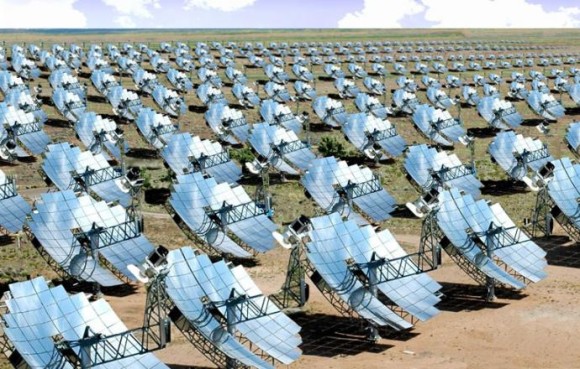Why Solar Panels connected to the grid is wrong
Having solar panels on every house roof, pouring electricity into the grid is wrong.
In theory it sounds good.
However for it to create a saving for the grid, the power station has to be able to shut a whole generator down, probably at least 20Mw.
That takes a while to do and the power station has to know that the power coming in is not going to fade away because it becomes cloudy in some areas of the state, or other disasters.
Instead the power station will over produce power so that it won’t get caught short.
The biggest problems with electricity are that it can’t be stored easily and that peak demand is not at peak solar producing time.
For the electricity company there is the problem that during peak evening usage the panels are no use.
So they are paying out to people with solar panels connected to the grid for electricity they supplied during the daylight hours that wasn’t used, and passing the charges on to non panel clients.
I don’t think they thought it through properly.
For clients that signed up for 44 – 60 cents per kilowatt, it’s a brilliant saving. At the expense of those non solar panel clients.
The rate at which electricity is bought for the grid is called the ‘Feed In Tariff’. It began with spectacular rates of between 44 and 60 cents per kilowatt. These deals are now closed and depending on which state, the Feed In Tariff’s are between 6 and 14 cents per kilowatt. A large difference which means regaining the installation costs will take much longer.
Full details of feed in Tariffs for each state here http://www.originenergy.com.au/feed-in-tariffs
The one good thing about having solar panels is that during daylight hours they produce some of the panel client’s electricity needs. This is done via the Net meter which measures the generated power and consumption.
Depending on which state you are in, the Net meter works under one of two tariff structures. ‘Net feed-in’ tariff or a ‘Gross feed-in’ tariff. Most states offer a ‘Net feed-in’ tariff.
1 A Net feed-in tariff, pays for any solar energy that goes back into the grid after the house has used whatever it needs from the panels.
2. Clients under a Gross feed-in tariff, get paid for every unit of electricity generated by their solar panels, regardless of whether it goes into the grid or is used by the household. This is a better deal for those being paid for more than they are charged per kilowatt.
The longevity of the system will always be a concern, despite the ‘Lifetime Guarantees’.
1. The panels can lose their capacity to produce electricity.
2. The inverters are electronic and in time may fail.
3. The company making the guarantee may close down.
4. The Feed In Tariff may be reduced, despite government guarantees.
A better way to use Solar Panels
The solar panels should be near a power station, out west where sunlight is more predictable. They should be administered by a single entity. That would be more efficient and the power station would be able to rely on the supply, knowing in advance what cloud cover was expected.
A unified system would be better suited to change, for instance if other ways are discovered to produce and store electricity. It would be far more cost effective to convert one large area of solar panels than on each single house that currently has panels. There is much research into fuel cells and other ways to create and store electricity, the ‘next big thing’ may be just around the corner.
That is what China is doing – “Suntech Power predicts that the cost of building large scale solar PV plants could match the cost of coal-fired generation in China by 2016, a development that will “completely transform” the energy market in the world’s second biggest economy.”
In California, where state law requires utilities to use renewable sources for a third of the electricity they sell by 2020, there is a new $2.2 billion solar farm, which spans over five square miles of federal land southwest of Las Vegas, includes three towers as tall as 40-story buildings. Nearly 350,000 mirrors, each the size of a garage door, reflect sunlight onto boilers atop the towers, creating steam that drives power generators.
Currently we have this system where Government has paid large installation rebates, and pays people to produce power, but because the supply can’t be guaranteed, and because it isn’t generated at peak times, it doesn’t save generating costs.
The result is that electricity costs have to be increased.
So the person without solar panels, including the pensioner down the street who cannot afford solar, has to pay for it.
Surely the idea was to reduce power costs?
It’s just plain stupidity.
Share


The only thing missing in this text is the fact that I paid 13500 dollars for the installation a 3.2 kw system so on my current debate of 44 cents per kw will take 10 years to get that money back by the the system will be rooted cheers